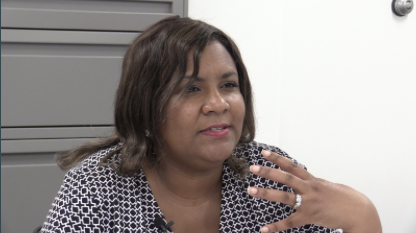“The 100” is a series on Netflix, in this series land was no longer safe due to radiation so they lived in space for a long period of time. When they started to run low on supplies they decided to send 100 teenagers and kids down to land to see if it was livable. When the reached land and realized it was sustainable they then had to form a functioning society.
Like any functioning society they formed a type of government and a clear set of rules. They had to find food, water and build shelter. They found people who survived the radiation called “grounders”. They had been there the whole time the 100 children were up in space so the grounders did not want people on their established area. Conflict happened very quickly between the grounders and teenagers, they would set traps and even kill one another. Overtime when they managed to co exist with one another. The rest of the adults on the ship were running out of supplies they had came down to land. Once the adults arrived they tried to take over and do things their way and establish a new type of government, the adults recreated a conflict between the grounders.
This is something we have seen in many text this semester. The result of colonization and activities such as that. A functioning society was formed and then new people with their own set of cultures and ideas came in and tried to do things their way since they thought it was the most ideal way to live. Throughout the series when they come upon new people/tribes there is always conflict where one group is essentially trying to overthrow the other in order to survive. I think the author was causing its audience to think about what happens when a new culture or group comes into a pre established territory and tries to take over. Though the series is fiction that type of activity was prominent throughout history.
IMAGES:
MV5BZTUxN2I1N2EtOTdlYS00ZDY1LThjNTEtZTIyYzliNTA2YzlhXkEyXkFqcGdeQXVyMDM2NDM2MQ@@._V1_.jpg
ems.ZW1zLXByZC1hc3NldHMvdHZzZWFzb24vUlRUVjEyODEwMS53ZWJw
the-100-series-finale-e1601501194566.jpg
 https://www.youtube.com/watch?v=k_7h-uw5oCo
https://www.youtube.com/watch?v=k_7h-uw5oCo